The Netiquette of a digital illustrator
Vision
Nearly 30 years after the first Netiquette, what should the rules be for web use? Based on the experience of Armando Borrelli - a creative graphic designer at HRM Group - here is his personal illustrated Netiquette.

WARNING: The content of this article is intended for a Boomer, almost-Millennial Boomer, and Nerd audience,
and contains highly nostalgic material (at least in its opening).
Do you remember life with a 56k modem? For those like me who have been avid internet users for more than a few years, it’s not such a distant memory.
It was the late 1990s, and a loud noise announced to the neighborhood that we were accessing the Internet, and the most ferocious battle of our youth could begin: the one against our mothers! A race to the phone every time it rang, so as not to risk her answering and throwing away the two hours of downloading we had done.
Using the analog signal of the telephone line made the connection very precarious.
Facebook, Instagram, and even MySpace would arrive a few years later. But already at the end of the last century, we were chatting (albeit little, given the cost of consumption): ICQ with its iconic green flower, the more recent MSN, and – the favorite of many nostalgics – mIRC were our TikTok.
In those years, the internet was beginning to be a collective and social experience: it was time to establish some rules!
Netiquette – a brief history
From net(work) and etiquette, it is the set of informal rules that govern individual behavior on the Web.
The first “net etiquette” can be traced back to 1995, written in an official document RFC 1855 by the Internet Engineering Task Force (an interesting sociological testimony, with hindsight).
A compendium of rules of coexistence on the Web in three chapters: one-to-one communication, one-to-many communication, guidelines for the use of information services.
Today, some of those netiquette rules remain part of our daily behavior, crystallized in the way we are internet users.
The more anachronistic ones, on the other hand, have gradually disappeared. For example:
“Wait until nightfall to send ’emotional’ responses to messages. If you really want to respond angrily, indicate it with FLAME ON/OFF” (Can you imagine? Waking up at 3 am to flame email boxes?).
But let’s move on. Since then, many others have drafted further versions of this first guide, sometimes adding new rules, other times adapting existing ones. Currently, each community has its own netiquette, built on the needs of the platform. However, there are no longer any current behavior suggestions, put in black and white and commonly shared, despite the tremendous growth of online interaction possibilities.
Netiquette: A digital illustrator’s decalogue
The graphic design profession, like many others, has found fertile ground on the web, which has also become my own over the years. The experience of remote working, office life “from home,” and some strange encounters have made me think – more than once – about what rules, guidelines, and behavior norms (or whatever you prefer to call them) should be shared by the entire web ecosystem.
In such a highly interconnected reality, the line between online behavior norms and civil coexistence norms has become blurred; that’s why a new Netiquette should take into account all behaviors related not only to internet use but also to device use in social contexts.
In short, if I had to draft my personal Netiquette
it would probably look like this:

1-Ask for consent before filming someone

2-Adjust the volume of your voice and devices in shared spaces
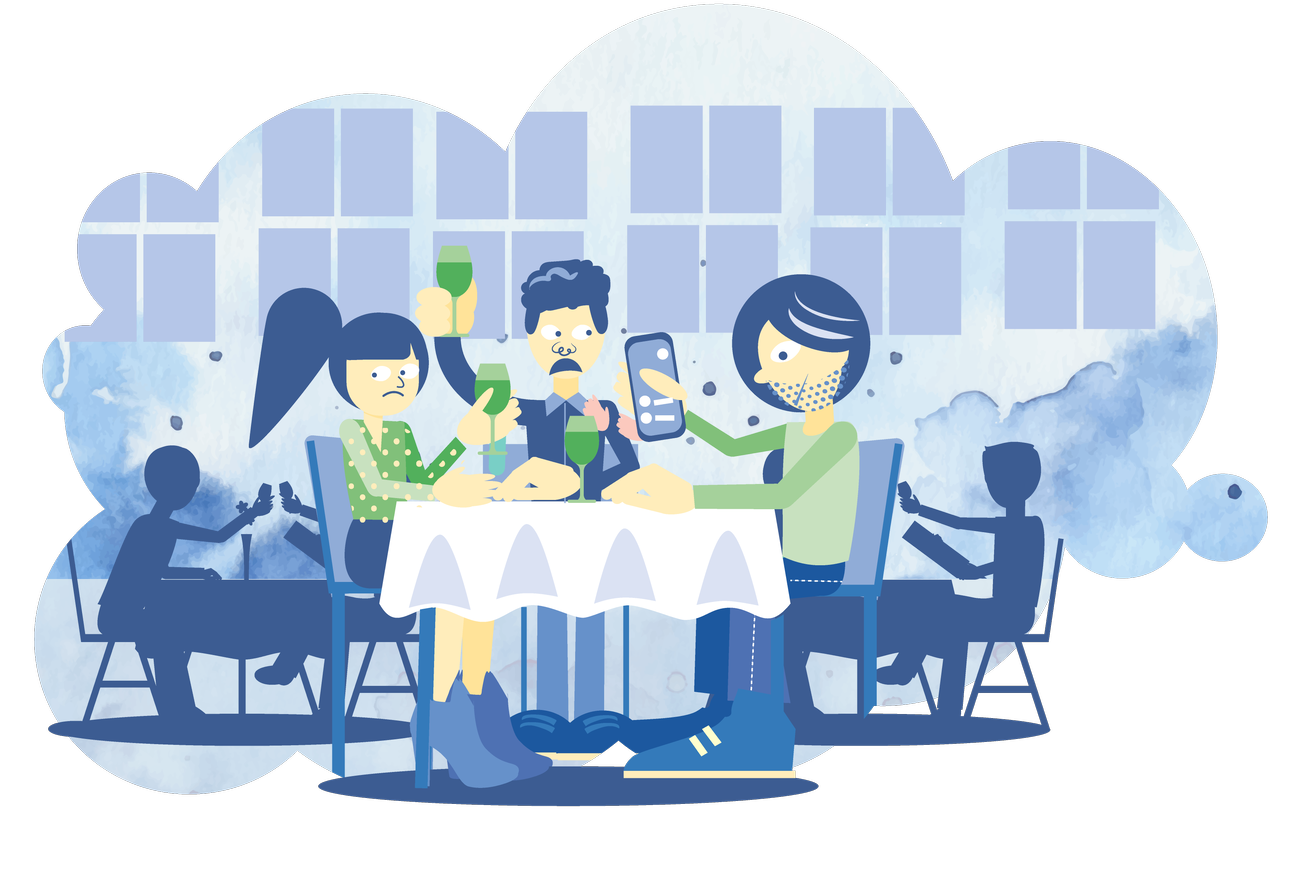
3-Don’t use your phone during social moments
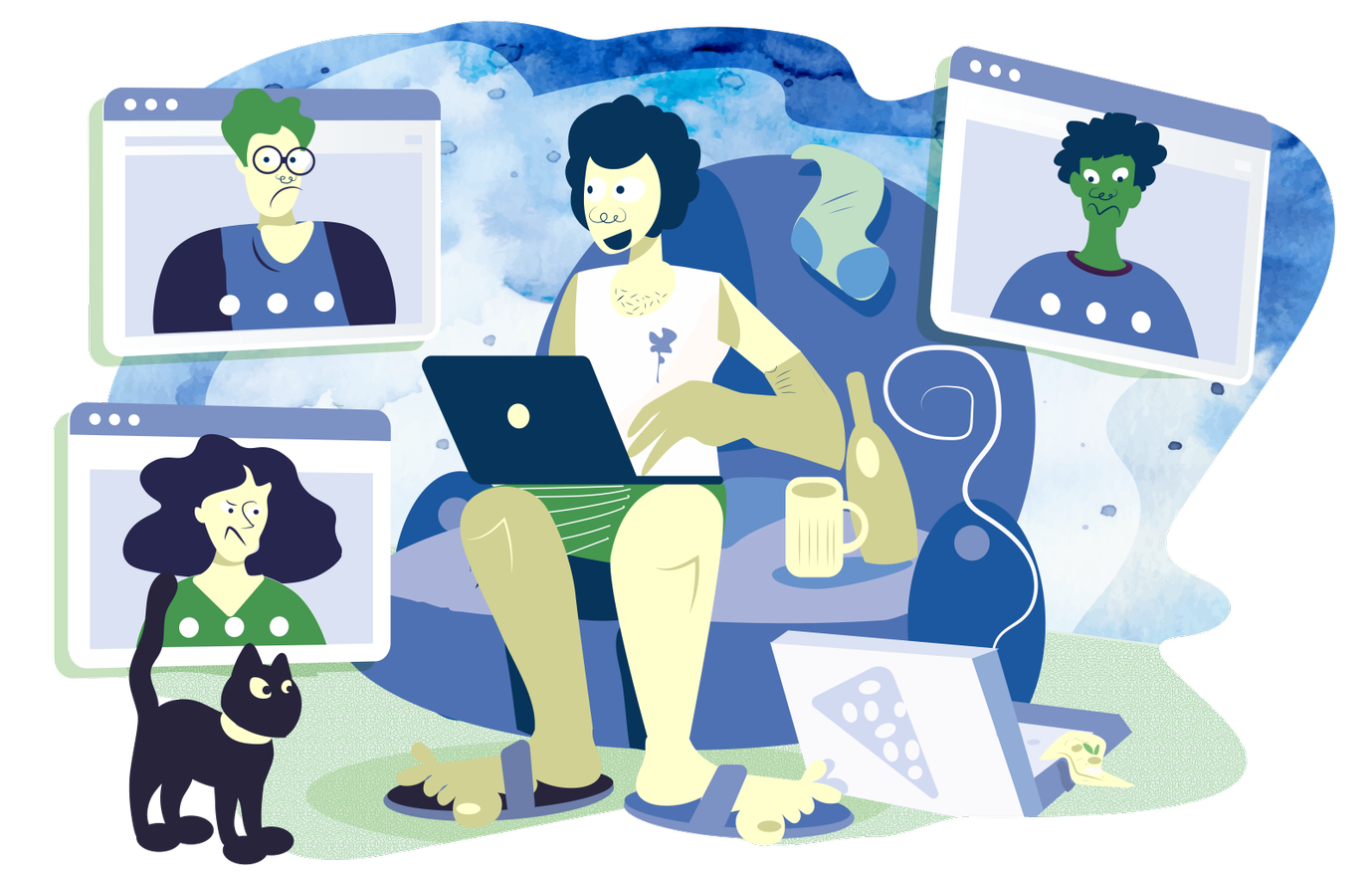
4-Make sure you look presentable even on video calls

5-Choose a profile picture appropriate for the context
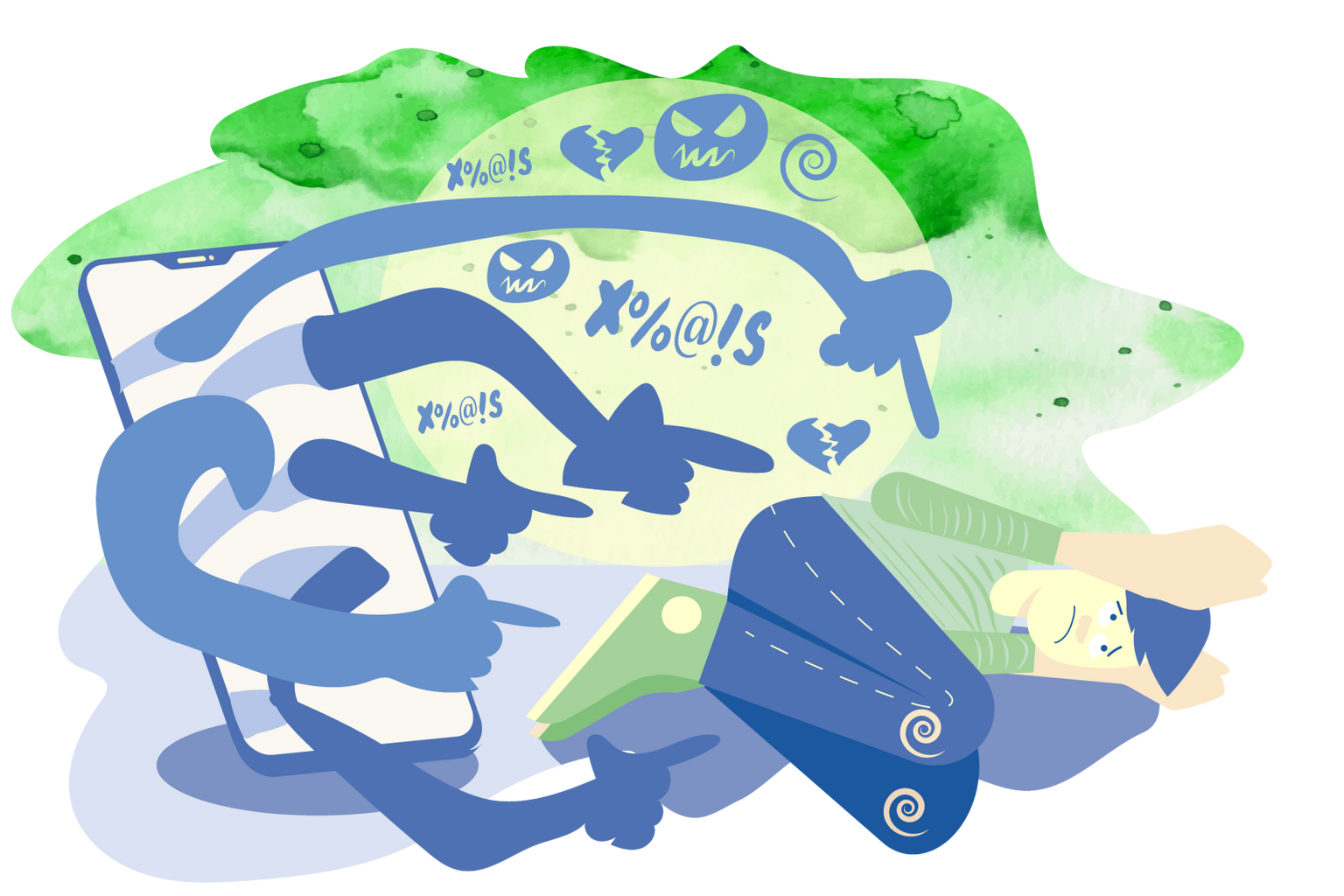
6-Do not engage in or perpetuate behavior aimed at hurting others (cyberbullying)
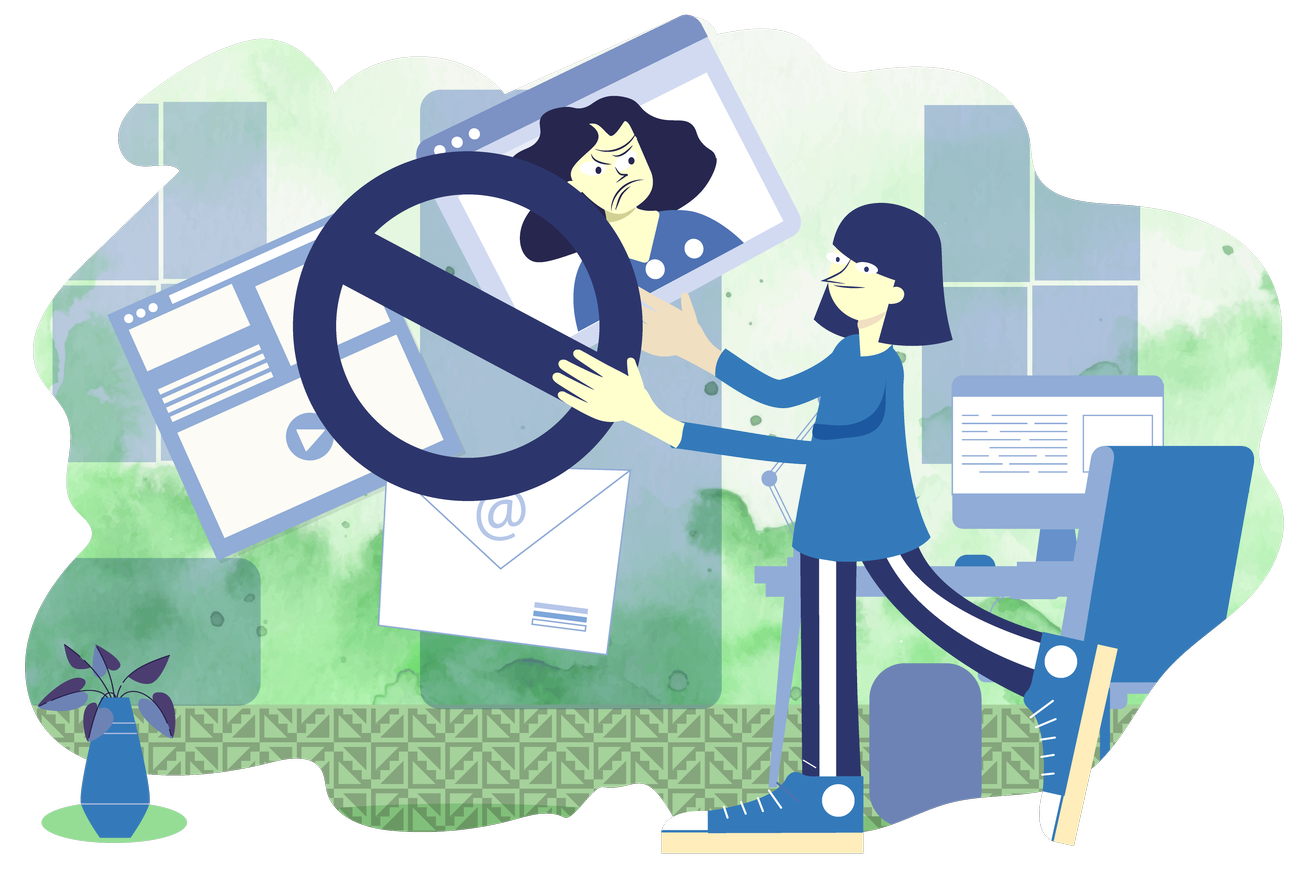
7-Ensure the accuracy of information transmitted online
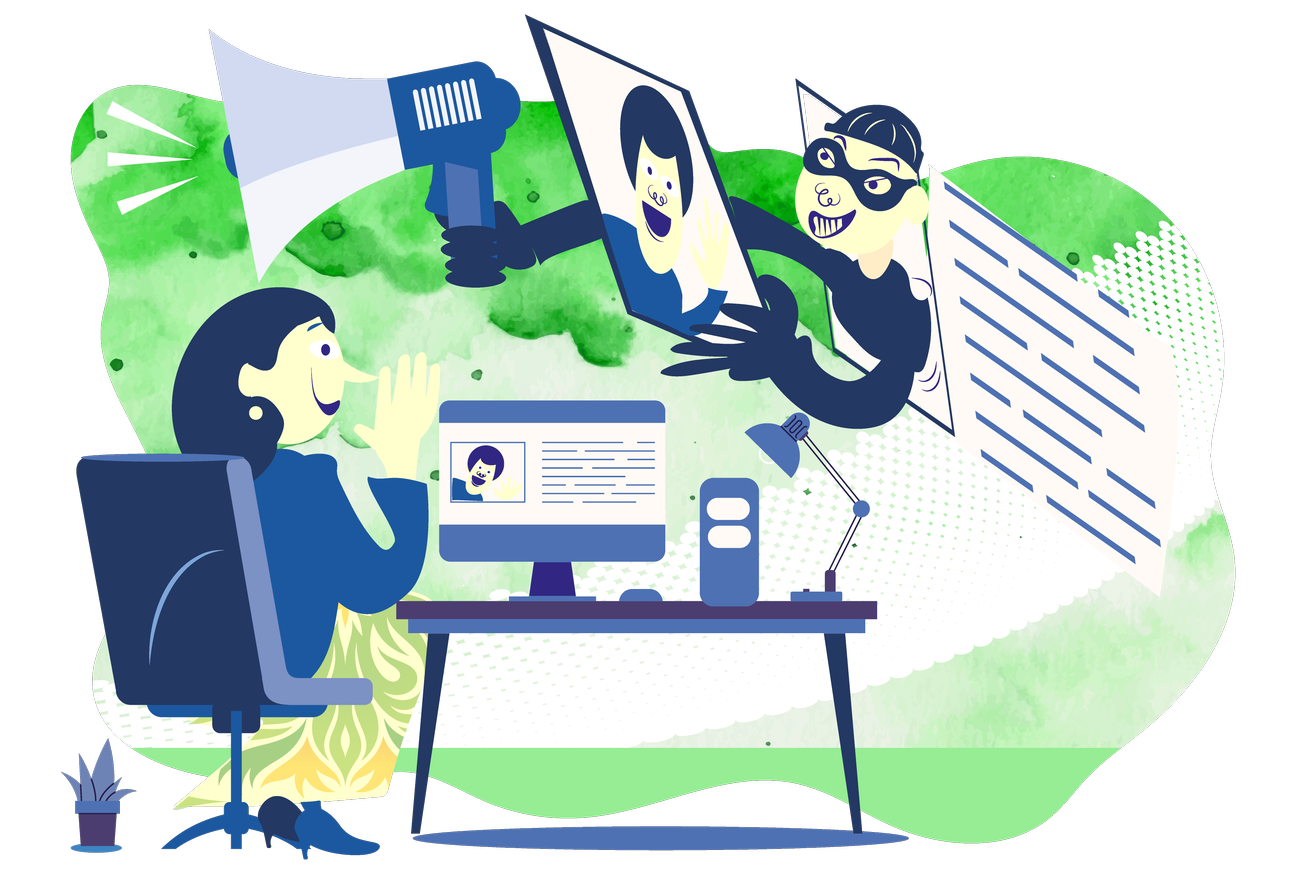
8-Pay attention when transmitting sensitive data
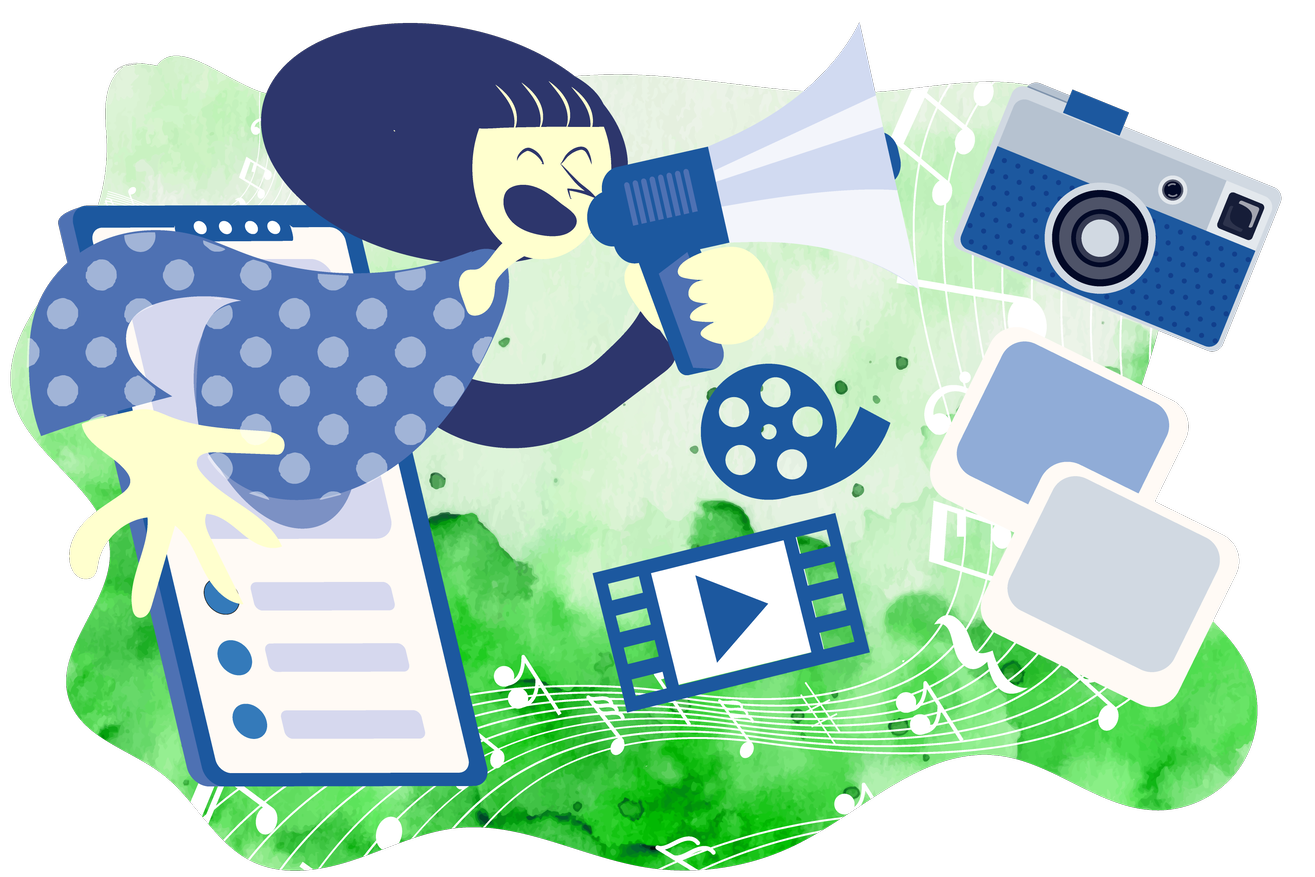
9-Do not share images and works protected by copyright or author’s rights

10-Ensure that your connection is secure
A couple of reflections
Pay attention to punctuation, use emoticons, don’t forget to include the subject in your email, and don’t write in all caps to avoid appearing angry. How much do these things matter in the impression we give, if we make much bigger mistakes?
The internet is a “fact,” no longer a choice as it was during my adolescence: now we are born “connected.”
Perhaps, therefore, there should not even be a need for a new Netiquette because digital natives (yes, even those who dance on TikTok) should know how to instinctively follow the rules of online coexistence. However, it is not always so obvious. Something is not working, so we must have made a mistake, but what? I cannot solve all your existential doubts, so I leave you with this reflection!